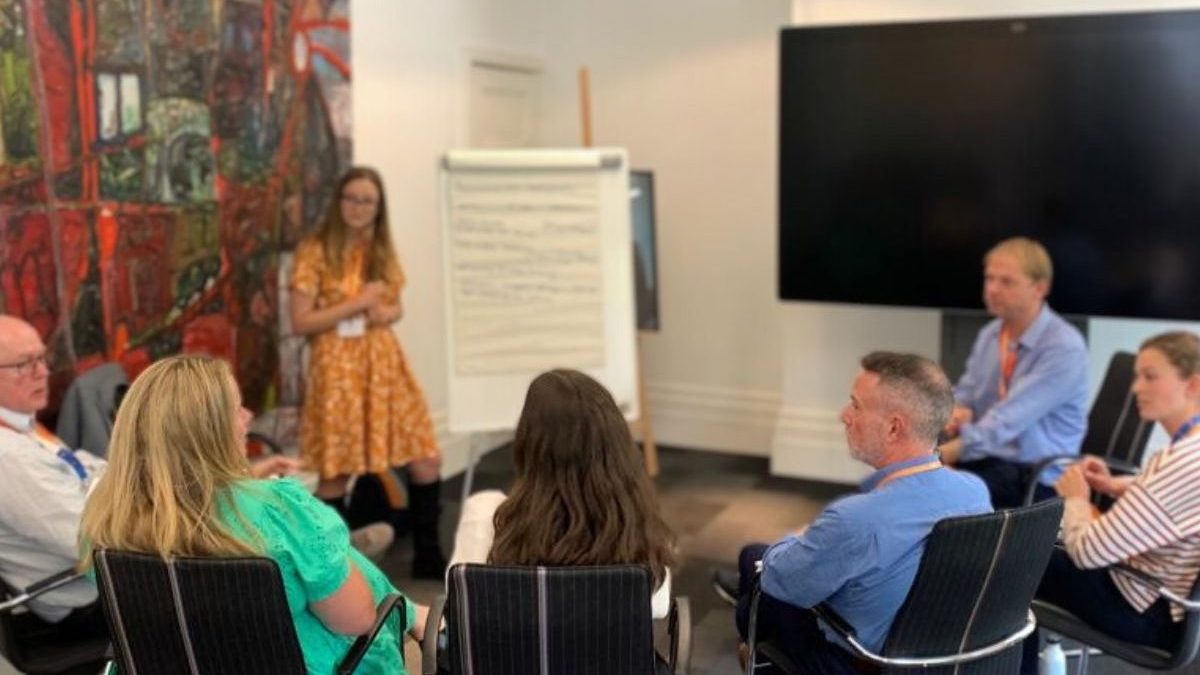[ad_1]
It’s been quite the year for agriculture-focussed research in the UK with frequent accolades and good news to share, reinforcing again the quality and impact of British science.
But amid all the glory and greatness, we ask “how can this better benefit farmers?”
Looking beyond the horizon
In September, we reported that the Horizon Europe funding programme would be open for UK scientists to once again collaborate with European partners.
This was a seismic decision for science – and a major relief to partners inside the bloc and among our membership… enabling strong research links and accessing cutting-edge science from across the EU to benefit farmers and the wider value chain.
The potential impact of Brexit on Dutch-UK collaboration was a big topic of discussion with our agri-tech academic and industry friends from the Netherlands we hosted in the summer, and we hope UK agriculture should reap the benefit for years to come.

Collaborative research for global agriculture
The leadership position of UK science on the international stage was further cemented in an announcement by the Prime Minister of the creation of a new virtual research Centre to support global agriculture and nutrition, which will be led by the John Innes Centre.
This will be the UK’s first as part of the CGIAR global network – which already supports collaborative research into major agricultural challenges across the world.
Their key priority areas will be:
- Confronting climate change and environmental degradation through sustainable crop management and climate-smart agronomic practices
- Crop genetic improvement for future climate resilience
- Enhancing nutrition
- Livestock improvement, animal health, nutrition, and welfare
Scientific excellence and public benefit
In yet more good news, SRUC and Lincoln Institute for Agricultural Technologies (LIAT) were honoured with the prestigious Queen’s Anniversary Prize. The award celebrates not only excellence and innovation but also public benefit resulting from their work.
At an individual level, another five UK researchers from across our membership were awarded the status of Most Highly Cited Researchers™.
Highly Cited Researchers are collated based on the extent to which their work is quoted – or cited – by other scientists working in the same of a related field. To be more frequently quoted in high impact publications is an indicator of the value and relevance of the research. It serves as further evidence of the UK’s standing as a world leader in science.

Excellent… But with impact
Of course, research is just the first step in the journey to put new innovations into the hands of farmers. How can we make sure this excellence eventually translates into real on-farm impact?
Key to this is obviously strong links between the producer and research community. While some research projects need years to gather the data and deliver tangible farmer benefit, in other cases, a single encounter with a researcher can result in farmer adoption.
An example of this is our Chairman, John Barrett, who is now growing some alternative crops resulting from the showcase of the BBSRC Seeding Catalyst projects we held in February.

And there has been a huge interest in the “soundscape” of worm highways and extracting protein and oil from grass resulting from our Emerging Agri-Tech session at REAP. This session featured scientists from our research members explaining snippets of science with direct relevance to farmers and the wider supply chain.
The hope and expectation for research to deliver benefits continues unabated…
A science superpower to deliver a Farming Future
The Government has just released its response to the Science and Technology Framework outlined in March – aimed at making UK research more dynamic, diverse, resilient and welcoming for private and philanthropic investment.
Let’s hope the new Framework enables celebration and enhancement of excellence, with serious farmer impact – fulfilling the UK’s “science and technology superpower” ambition while also creating a functional farming future.
Source link


